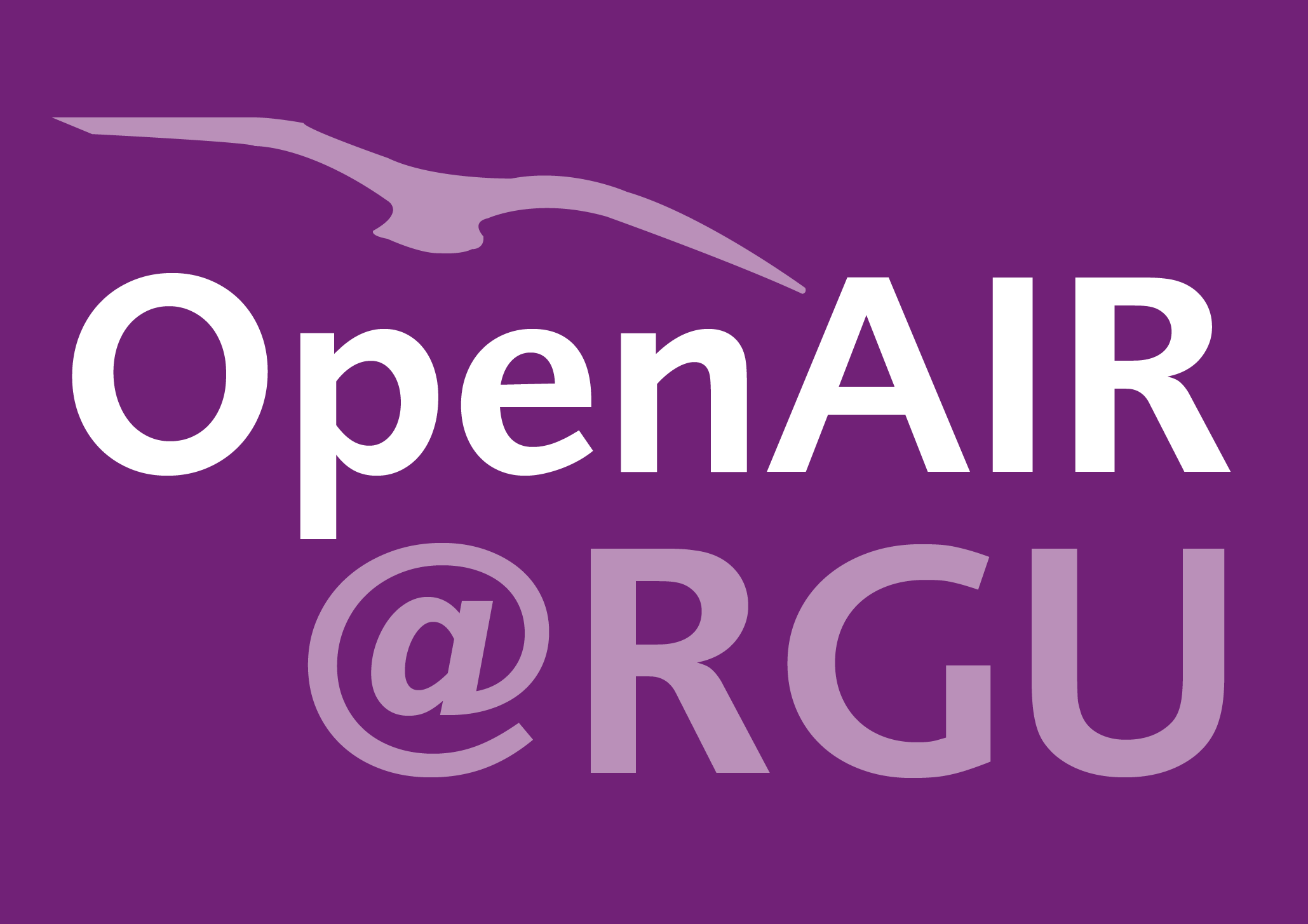Stian Larsen
Data Collector
Knee flexion range of motion does not influence muscle hypertrophy of the quadriceps femoris during leg press training in resistance-trained individuals. [Dataset]
Contributors
Milo Wolf
Data Collector
Brad J. Schoenfeld
Data Collector
Nordis Ø. Sandberg
Data Collector
Andrea B. Fredriksen
Data Collector
Benjamin S. Kristiansen
Data Collector
Roland van den Tillaar
Data Collector
Professor Paul Swinton p.swinton@rgu.ac.uk
Data Collector
Hallvard N. Falch
Data Collector
Abstract
The aim of this study was to examine the effects of knee flexion ROM during the leg press exercise on quadriceps femoris muscle hypertrophy in resistance-trained participants. The univariate analyses provided 'moderate' evidence in support of the null hypothesis, ATE estimates generally centred on zero and relatively tight credible intervals. Moreover, the multivariate analysis pooling similar data across the regions provided 'extreme' evidence in support of the null hypothesis (BF < 0.01). Additionally, within-condition analyses revealed small-to-medium improvements in muscle thickness, ranging from 1.08 mm to 1.91 mm across the assessed quadriceps regions, providing evidence of hypertrophic adaptations irrespective of knee flexion ROM differences. Consistency in results and relatively narrow credible intervals suggest that the methodological design and sample size were adequate to address the study aims.
Citation
LARSEN, S., WOLF, M., SCHOENFELD, B.J., SANDBERG, N.Ø., FREDRIKSEN, A.B., KRISTIANSEN, B.S., VAN DEN TILLAAR, R., SWINTON, P.A. and FALCH, H.N. 2025. Knee flexion range of motion does not influence muscle hypertrophy of the quadriceps femoris during leg press training in resistance-trained individuals. Journal of sports sciences [online], 43(10), pages 986-994. Available from: https://www.tandfonline.com/doi/full/10.1080/02640414.2025.2481534#supplemental-material-section
| Acceptance Date | Mar 12, 2025 |
|---|---|
| Online Publication Date | Mar 20, 2025 |
| Publication Date | May 31, 2025 |
| Deposit Date | Apr 3, 2025 |
| Publicly Available Date | Apr 3, 2025 |
| Publisher | Elsevier |
| DOI | https://doi.org/10.1080/02640414.2025.2481534 |
| Keywords | Muscle length; Knee extensors; Resistance training; Ultrasonography; Regional hypertrophy |
| Public URL | https://rgu-repository.worktribe.com/output/2782611 |
| Related Public URLs | https://rgu-repository.worktribe.com/output/2748835 (Journal article) |
| Type of Data | Pdf, xlsx and text file. |
| Collection Date | Oct 31, 2024 |
| Collection Method | Sample size was determined based on previous calculations by our group that investigated manipulations of ROM using a within-participant randomized design and a Bayesian framework. For this study, the Bayesian framework enabled us to quantify plausible values for differences between conditions and assess the strength of evidence in support of our a priori null hypothesis. To reduce the chance for bias, this study adhered to the Standards Method for Assessment of Resistance Training in Longitudinal Design (SMART-LD) checklist. Each limb was trained with one of the two following conditions: 1) leg press with ~100° knee flexion ROM or maximum individualized knee flexion ROM (peak knee flexion). In order to recruit trained participants to the study, a full resistance training program was conducted that included additional randomized limb comparisons including lateral raises with a cable or dumbbell, and standing Smith machine calf raises with initial partial repetitions or full ROM repetitions and past-failure partials. The results reported here focus only on the knee flexion ROM conditions and muscle thickness of the quadriceps femoris. The data collection and resistance training interventions were conducted between August and October 2024 in Levanger, Norway at Care Treningssenter Levanger. |
Files
LARSEN 2025 Knee flexion range (DATA)
(1.2 Mb)
Archive
Publisher Licence URL
https://creativecommons.org/licenses/by/4.0/
You might also like
Downloadable Citations
About OpenAIR@RGU
Administrator e-mail: publications@rgu.ac.uk
This application uses the following open-source libraries:
SheetJS Community Edition
Apache License Version 2.0 (http://www.apache.org/licenses/)
PDF.js
Apache License Version 2.0 (http://www.apache.org/licenses/)
Font Awesome
SIL OFL 1.1 (http://scripts.sil.org/OFL)
MIT License (http://opensource.org/licenses/mit-license.html)
CC BY 3.0 ( http://creativecommons.org/licenses/by/3.0/)
Powered by Worktribe © 2025
Advanced Search
